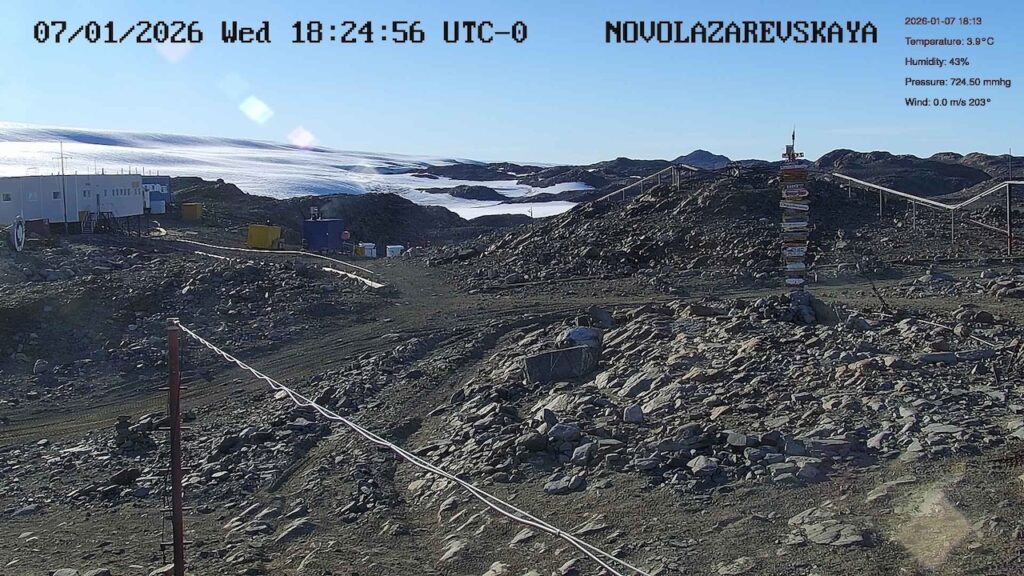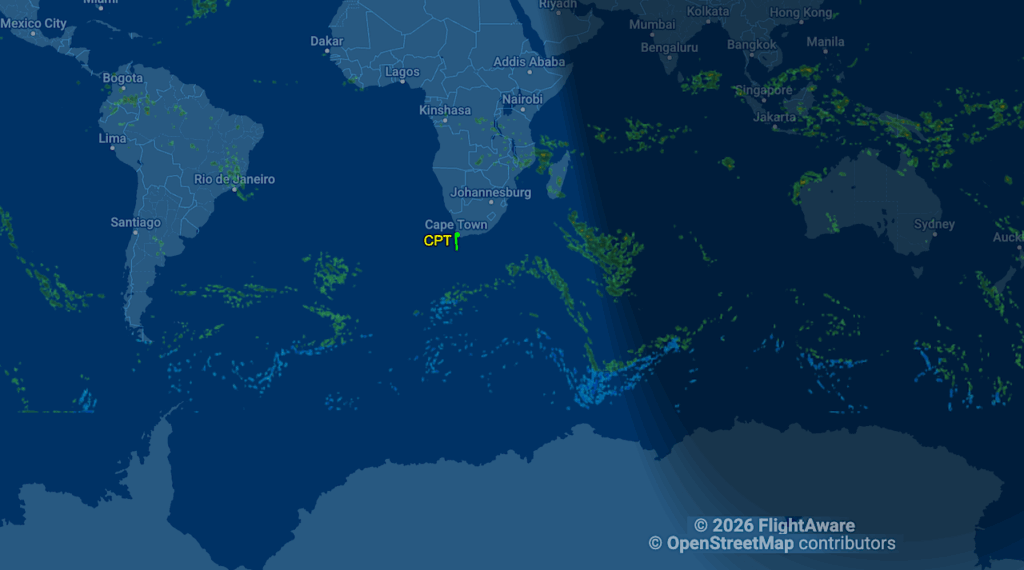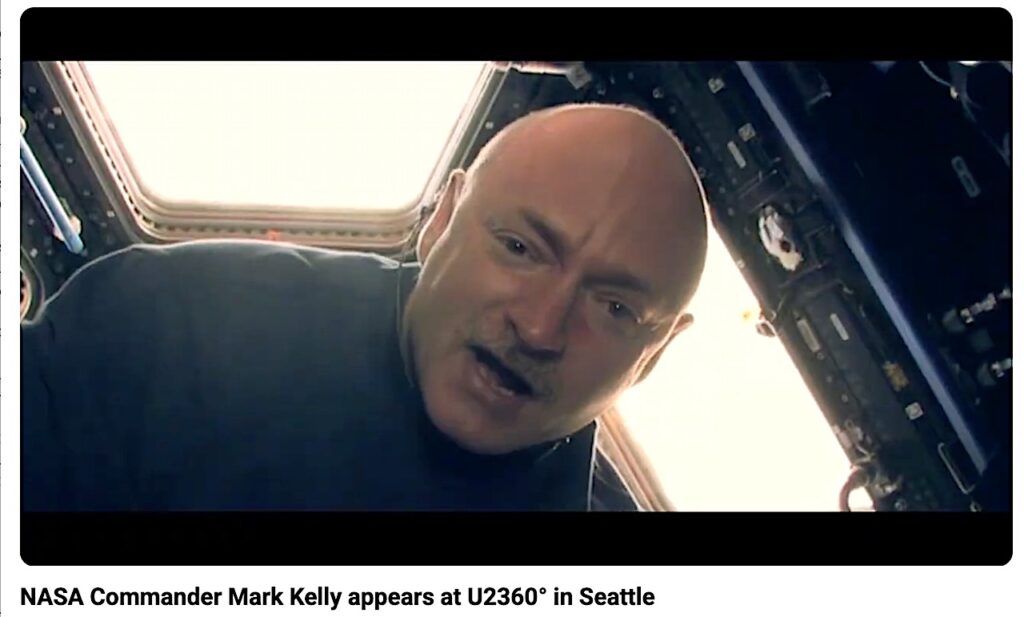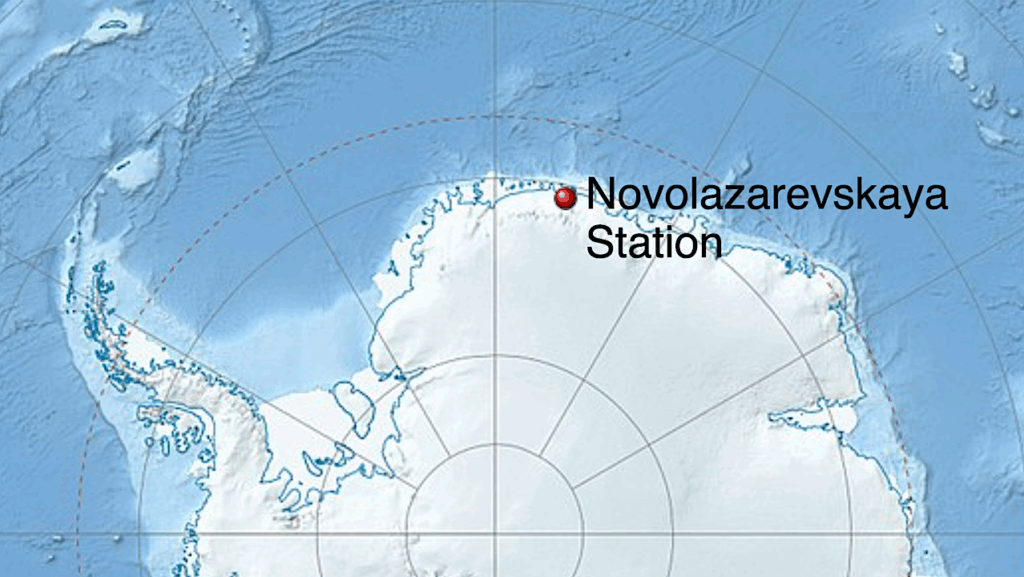Asteroid Experts Are Not Very Fond of NASA's Asteroid Mission
 NASA’s mission improbable, Washington Post
NASA’s mission improbable, Washington Post
“It is really an elegant bringing together of our exciting human spaceflight plan, scientific interest, being able to protect our planet, and utilizing the technology we had invested in and were already investing in,” said Lori Garver, NASA deputy administrator. But the mission is viewed skeptically by many in the space community. At a July gathering of engineers and scientists at the National Academy of Sciences, veteran engineer Gentry Lee expressed doubt that the complicated elements of the mission could come together by 2021, and said the many uncertainties would boost the costs. “I’m trying very, very hard to look at the positive side of this, or what I would call the possible positive side,” he said. “It’s basically wishful thinking in a lot of ways – that there’s a suitable target, that you can find it in time, that you can actually catch it if you go there and bring it back,” said Al Harris, a retired NASA planetary scientist who specializes in asteroids. “Of course there’s always luck. But how much money do you want to spend on a chance discovery that might have a very low probability?” said Mark Sykes, a planetary scientist who chairs a NASA advisory group on asteroids.”
– Bolden’s Confusing Asteroid Mission Rationale (Revised), earlier post
– Asteroid Redirect Mission Full-Court Press Continues, earlier post









Article says “At a July gathering …” You have an August 12 article on a dozen easily retrievable asteroids. Does Gentry Lee know of this and has the opinion changed since Aug 12?
Unfortunately, if you carefully read the Aug 12 article the asteroids appear less and less retrievable. We do not know much of anything about their composition – are they solid items that could actually be grabbed? We do not know about their rotation; their orbits need to be firmed up with more observations. These asteroid specialists know the assumptions behind that article and they know that the headline is very optimistic.
We all WANT to believe that there are easily retrievable asteroids but how many billions do we want to risk to try to visit them before we know? We need (as the Keck report emphasized very strongly) to first have far more observations of asteroids.
Lots of billions. All those billions that Exxon is spending on denying climate change. All those billions being spent on drone strikes. All those billions being spent on the TSA. Lots of billions.
Linda – so you have lots of spare billions sitting around? Can you send me some??
I just need one. kthnks
“We all WANT to believe that there are easily retrievable asteroids “
Charles,
I, for one, don’t think we’ll find any “easily retrievable” asteroids, even though I’m very much in favor of this mission. No matter which asteroid is chosen, this is going to be a hard thing to pull off, with quite a few uncontrolable variables. I think there’s a good chance that it won’t all go right on the first try.
But none of this means we should back away from it. It’s still something that needs doing and will, in time, be very beneficial to the human race. We can’t just do the easy stuff (it’s all in the Kennedy speech), and now is as good a time as any to begin working with asteroids.
I’m disappointed that more people haven’t made your point about the need for getting more asteroid observations and data first. It should be an obvious next step, yet I haven’t seen any proposals for it. I’d like to see NASA post a RFI for precursor missions / activities before going after a specific asteroid. They must avoid the classic NASA mistake of cramming everything into a single big mission.
Reminds me of British pantomine… NASA: “Oh yes we can!”, Critics: “Oh no you can’t!” Eventually, it becomes tiresome and witless leaving the audience (in this instance US taxpayers) bored and clueless.
I get the point: the NEA program in all its permutations has always depended quite a bit on luck. However, it’s beginning to push more and more into the ‘we need tons of luck for this even to be possible’ zone and away from ‘it should work if all goes well’ zone where missions should be at the worst.
At this point, when politics has taken over, the scientific community cannot properly respond anymore. No different than the argument over climate change. This is now about scoring point for and against the administration, and that’s how science as a government program dies.
Or died, rather.
This sort of reporting (or editorial, or whatever, it’s not labeled) really ticks me off. It’s full of quotes, taken out of context, that do a great deal of damage — whether they are true or not. It’s a Washington Post writer’s unqualified opinion presented as if it were fact.
The average reader does not know enough about this issue to develop an informed opinion of their own, and here we have an alleged professional reporter from a major newspaper bluntly criticizing both the proposed asteroid program and NASA as a whole. People who don’t know, one way or the other, are going to swallow this bilge because they read it in a major newspaper.
Doubt has been cast about the science value of this mission, but nothing is offered about the other side of the equation — the benefits. Why does it have to be forced into a science mission mold, or a science-only mold? There is a lot of engineering knowledge, affecting many different technologies and industries, that can be learned and further developed from this type of mission, things which, in time, would have a far greater impact on the human race than any of the science that may be involved. And I’m talking years, not decades.
Whether the scientists whose orientation lies in other directions want to admit it or not, it’s just a matter of time before the acquisition and processing of resources from space — which will be primarily from asteroids — will become first beneficial and cost-effective, and then outright essential to maintaining the welfare of Earth’s billions of inhabitants. There’s a lot to do, and the sooner people put aside their self-interests and petty politics, the sooner we can get to doing the work necessary to make life on Earth sustainable. I find it extremely scary that experts in many fields have come to the conclusion that our current habits are not sustainable — we can’t keep living like this much longer without killing off most of the life on Earth. Our grandchildren are currently looking at inheriting a worn-out planet and perpetual food shortages, and the only “solutions” currently being pursued only slightly delay the on-coming disasters, at an increased cost down the line.
The eventual goal is Mars, they all cry. I say BS; the eventual goal is, or at least would be in a sane world, the same as the immediate goal — doing whatever we can, whatever is necessary, to recover our planet and save the human race. The asteroid mission could be the first real steps towards learning to use space resources to save ourselves from the mistakes of the past that we made on Earth. There’s no more slack to draw from on Earth itself; that cookie jar is empty. A lot of people argue otherwise, but that’s only wishful thinking combined with ignorance of the true facts — and most of the nay-sayers will probably be dead when it all hits the fan anyhow, so why should they worry?
If there is a “meaning of life” (aside from 42), then it’s to provide for the welfare of our children, who in turn provide for their children, and so on, hopefully forever. The asteroid mission, done intelligently, can be a relatively cheap investment in upholding that responsibility. But I don’t see any of the plus-side attributes being presented by the Washington Post article, just misdirection and criticism.
The article factually states that scientists with experience in this area don’t see any scientific value in this mission. Much as the ones who opposed the space station correctly foresaw it for what it was. If this mess goes forward, the result will be the same. We have no results out of ISS to warrant the cost. The women and children argument won’t be saved by any of this asteroid malarkey either. (Unless of course they happen to be high ranking stockholders in the companies that will soak up the money.)
“The article factually states that scientists with experience in this area don’t see any scientific value in this mission.”
I read the article but I didn’t see that anywhere, maybe I missed it, can you point me in the right direction.
What I did see were statements by scientists who have doubts about the schedule, cost, and what they see as a high risk that the mission might fail. But that’s very different than saying there is no scientific value.
You’re correct. I was mixing up the WaPo article where the scientists quoted use euphemisms. They said it explicitly in
http://www.lpi.usra.edu/sba…
—-> Paragraph 8a)
Found via:
http://nasawatch.com/archiv…
FWIW: Mark Sykes’s name appears on the SBAG committee list and the WaPo article.
http://www.lpi.usra.edu/sba…
Steve – first, I am not some “Garver basher”. After 28 years in this business I have learned to recognize that exciting projects are sometimes way too hard to do. The asteroid mission is one of them. Mr Achenbach is a reputable journalist who has written good articles – and he interviews reputable scientists and quotes them. People like Mark Sykes. Journalists are paid to do research and report on it, Achenbach has done that. The space community (US, ESA, Japan, etc) have science plans that have been created by some very smart people – and this sort of asteroid mission was NEVER part of any of them. Why would ESA pay a board of scientists to study the spectrum of science and recommend the next decade’s worth of missions – and then come up with some other mission? Why would we think that NASA should get away with that? NASA has Grand Challenges that have been reviewed by some amazing scientists – but then suddenly a new one appears! We can develop technology on missions and for that reason NASA has empaneled people who create plans – this type of asteroid mission was never considered to be significant enough to pursue. If we need to mine resources from other places – the Moon is very close and is not receding very fast.
This asteroid mission would be neat – but we do not have the money, we do not have the technology, and we have LOTS of space priorities that need our attention far more than this speculative adventure. Sigh.
Destination is being used as a distraction from the real issue of operational costs and unnecessary hardware.
If you keep debating asteroids vs the moon, you are missing the point.
The asteroid mission *with* SLS/Orion is the result of failed space policy that tried to compromise without making the tough but necessary choice: cut HLV and start immediate work on a depot centric architecture. It is so sad that “destination” is used as a distraction over and over again. Recall that the asteroid mission was originally scoped to use existing LV, not SLS, and no HSF.
One of the 3 flaws in VSE was that the moon prepared NASA for mars–it is so dishonest to state this.
The moon is a distraction to exploration because other technology and destinations have more “value” – benefits/costs. IOW: NASA requires numerous technologies that remain severely underfunded to really explore with more missions for the same budget. IOW, all the destinations can be done cheaper with a $3B or less depot in place. If you lower the IMLEO costs, the value dramatically improves! Even Boeing agrees: http://nextbigfuture.com/20…
Supporting Asteroid vs Moon vs Mars First, “destinations”, is simply a distraction to divert attention from SLS/Orion- which is one of the two sources of funding for the severely needed technology needed to reduce costs to space and explore. The other of course is ISS.
Consider that NASA is currently spending over 6B/year on operations, and yet Orbiter is retired. State the obvious: too much money on operations and unnecessary LVs and capsules. The “fiscally conservative” slogan has become a mockery.
Also consider that ISRU will not be feasible without dramatic reductions in $/kg not offered by SLS/Orion, for ANY of the resources: gold, water, He3, etc. “close” or not, it has a gravity well, which costs a ton of $$$–why enter it?
No honesty from Congress nor the reporter nor (). The reason multiple, yearly excursions to the moon are being supported, “destination moon or moon first”, is that without high yearly IMLEO mass, HLV is unnecessary. The breakeven point exceeds 500 mT/yr, enough for 4 lunar missions per year, assuming one had budget for the hardware. Want a lower breakeven point, work on the $6B/yr on operations but even at 1B/yr, the case does not close for SLS.
Even China can launch a 25 mT LV four times and head to the moon. Sadly, the US cannot launch an existing 20+ mT LV and do the same. Moon First is simply a distraction from the key failure of US space policy: SLS/Orion mandate.
If you focus on Mars, you need technology paid for by cancelling SLS/Orion–hence once again a return to moon first, not Mars–get it 😉 ?. But if you focus on Mars, you will get all the destinations cheaper! Once the technology of depots and EP and radiation protection is in place, then all destinations are within NASA’s grasp without an increase in budget, even the asteroid, retrieved or not. Quite the exciting future. After this technology is in place, its a guarantee that an asteroid visit would be back on the table. In the next 50 years, the only destinations are Mars and its moons, asteroids, deep space, and the lunar surface. Note that in 2063, warp drive is available 😉 but cannot be used do to the 2010 mandate of shuttle derived.
Squyres provides the rational for cis-lunar and then Mars and not the moon at this time, and to pull back plans to visit the asteroid with humans if results are not favorable.
http://science.house.gov/si…
With a DSH, one can immediately increase the flight rate to study deep space radiation mitigation, etc and gain long term deep space experience without a gravity well (a huge “sunk” cost, so to speak). Gravity cost $$$. Why not reduce IMLEO costs ($/kg) and enable all these exciting missions?
Why does the moon distract from Exploration? Because these are the ignored space policies:
-bone loss: moon is 1/6th g, 6 month trip to mars micro-g;
-radiation: moon blocks half the GCR vs deep space;
-lander: ability to land heavy objects on mars; moon no atmosphere
-depots: cuts size of LV required, increases flight rate to spread fixed costs and reduces $/kg –moon not required.
-ECLSS closed: cheaper to demo on orbit vs moon.
-EP: required for Mars, not for moon
– asteroid- the only mission possible with SLS/orion *if* the asteroid is pulled to the proper orbit (Orion only has 28 day capacity) with no new money per JSC Ochua “do not require development of another new human spacecraft” http://www.yourhoustonnews….
Amen brother!
You’re using the science and scientists arguments to make your point, but I don’t see the science in this mission as the main driver. The science is secondary; I’ve made this point before, so I won’t drag you through it again.
I’m trying to weigh the potential benefits (not the science) against the probable costs, and in consideration of the real necessity of learning to do this.
And as much as I worship at the alter of science myself, I don’t see scientists in groups to be very different from politicians in groups — they want what they want because they want it; and because it’s what they want, it’s the right answer.
Asteroid missions are not about science; they’re about new technologies, industries, revenue streams and sources of natural resources, any one of which I would consider by itself sufficient justification for making the investment.
Certainly technology (even for it’s own sake) is important but if we want a technology mission we should create that. We wanted to develop rendezvous so we had Orbital Express. Sadly this asteroid mission is not a good way to do technology, it has too many gaps. If we try to do technology on such a big mission a single failure early will prevent us from doing some technology later.
Unfortunately, NASA has done very few technology missions due to the expense of Shuttle, ISS, etc. They leave it up to DARPA with programs such as Phoenix.
As fun as this asteroid mission looks – it is an expensive solution in search of a problem.
I certainly won’t argue that failure at any stage eliminates moving on to later stages. This is why I argue for smaller programs. I’d even prefer to call them projects rather than programs, since they would represent NASA essentially creating tools and techniques for future use, hopefully multiple future uses.
The interdependencies between the various tasks determine the order of their execution, and require that some things must succeed before others can be begun. But this is no different than any other program. What I argue for is breaking the overall endeavor up into smaller programs, none of which commence before all of its prerequisites have been satisfactorily completed.
So, my way, this oversized asteroid mission, about which we are all only making assumptions because we’ve not been given the details, might end up being half a dozen end-to-end programs. If it turns out that program #2 has to be attempted three times before we have satisfactory results, then so be it. Program #3 does not begin until #2 is complete and its “output” has been incorporated into the downstream programs.
Each of these half dozen programs would have separate budgets and schedules, all of which would be revised as each program is completed. That adds more work, and opens the door to media and opposition comments about changes, but the numbers should be better estimates as we proceed through the programs, so the (planned) extra work of rescoping and reestimating each downstream program can be seen as risk management, and estimates for doing that extra work can be included in the program planning from day one.
The bottom line here, to me at least, is that we’re talking about things that we absolutely need to learn to do, do well, do cost-effectively, and do with a minimum of risk and danger. And we will hopefully be doing them for many centuries to come. It is not a “solution in search of a problem”. Quite the opposite; the problem has been staring us in the face for decades already, and it has never in any way been hidden. The key is to approach it with the minimum of opportunity for failure and/or waste. And we need to accept that the overall approach to programs like this has to change from the typical NASA habits.
Some people here are negative on the concept of prerequisites (or the same idea by other names), but that is exactly the way NASA needs to start thinking in order to minimize risk and maximize chances of success. Trying to cram the whole thing into one mega-program will guarantee failure since all of the absolutely key milestones will be on the critical path. And that just plain never works, except in emotional speeches and on ambiguous Powerpoint charts.
Technology missions, as opposed to science or exploration missions, need to be done differently, and NASA, and the other space nations, need to get a handle on this idea. If, for the sake of discussion, we divide space activities into Exploration (which includes science missions) and Exploitation (which includes technology development missions), then I firmly believe we’re at a point where we need to concentrate much more on the latter, whereas to date it has had almost no activity.
If we consider no other factors, I can defend my previous paragraph by pointing out that: 1) generating revenue, hopefully followed closely by profits; and 2) sustainably acquiring natural resources and learning more about defending the planet; will come from the Exploitation side, through technology missions. Exploration and science should continue (as money permits), but need to take second place, because the technology needs have become time critical. Lots of people argue the time critical aspect, but I’ll just say that, if I’m wrong, then science proceeds a little more slowly; if they’re wrong, then maybe most of us are dead and the human race is facing possible extinction. Which way to bet seems like a no-brainer to me.
Sorry to go on so long, but I really think this is important, and hope people will think more about it.
I believe you just explained why i keep grasping for the dream.
The Asteroid campaign is just another distraction from real thoughtful exploration. Most in and out of NASA recognize it for what it is, of course there are zealots advocating for it, but we all always have them. What we are missing is real leadership to lead the path to meaningful sustainable exploration. This latest exercise has the classic elements of a train wreck.a lot of powerpoint charts, multiple elements loosely linked (Orion and SLS), underfunded very expensive elements, Lack of an integrated mission, substituting DRMs for a program and hoping no one notices, putting several prerequisites ahead of the end state( first identify the asteroid, then develop the capability to capture and redirect, and finally send Astronauts to “explore”}. I am sure we will one day explore an Asteroid, but this set of activities will not be what leads us there. This will wind up on the long list of NASA heap of failed activities, followed by a redirection of “goals”.
fred, you sure read a lot out of the very few actual facts we’ve been given about this mission. And your thinking about “prerequisites ahead of the end state” (whatever you mean by end state) baffles me. It sounds like maybe you’re one of those people who want to put everything into a single giant mega-plan, which never works and has wasted more money and time at NASA than probably anything else in their history. Please give some thought to risk management, and how the risks escalate as the program size grows.
Take a poll of the folks who work in the business…..I’ll bet “Mars or the Moon” is the answer you’ll get…not “an asteroid”
and because that is the case its days are numbered… but these things tend to die a slow death